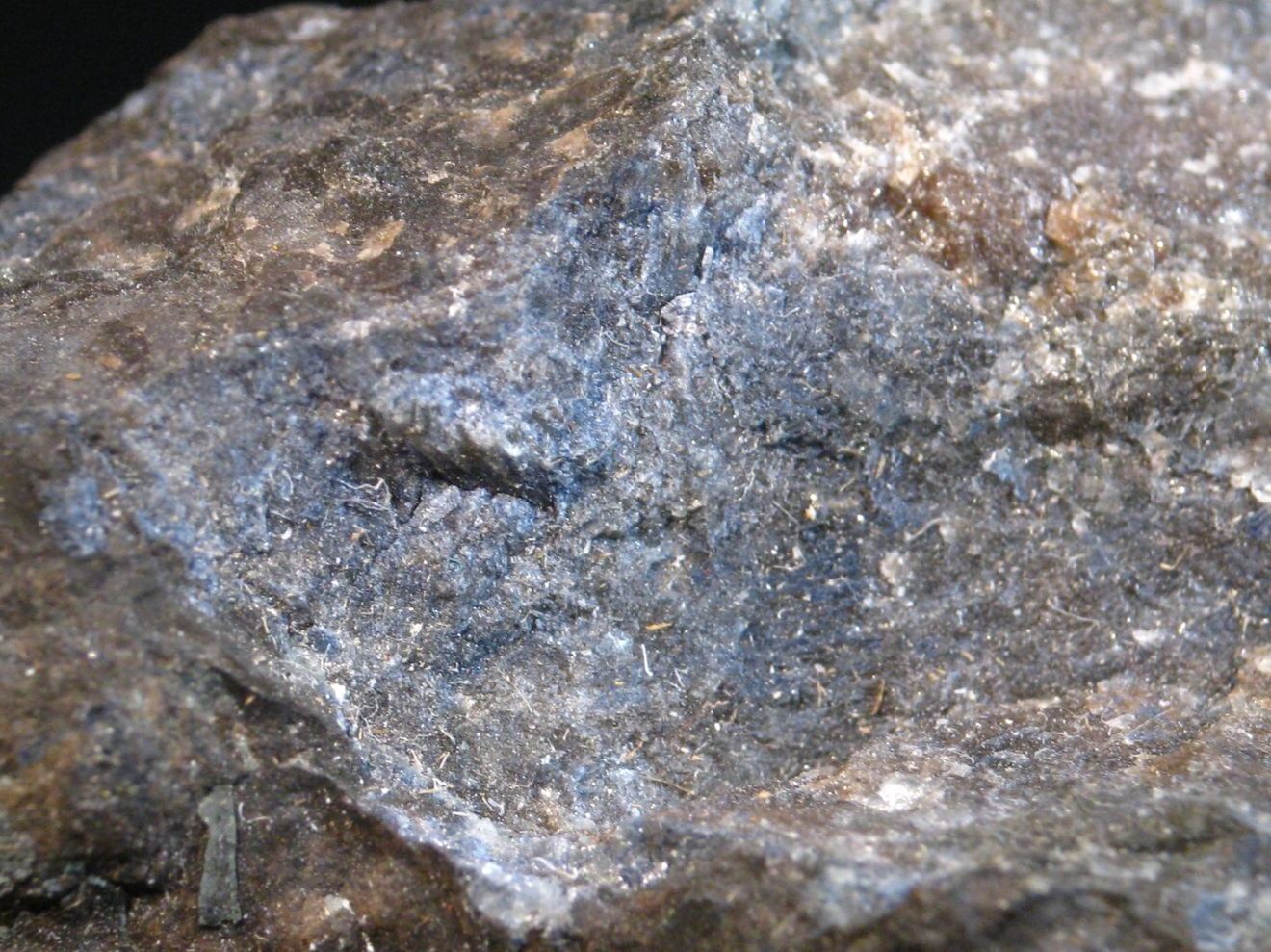
Maricite is a rare mineral that often intrigues collectors and geologists alike. Found primarily in phosphate-rich environments, this mineral boasts a unique chemical composition of sodium iron phosphate. Maricite typically forms in small, granular masses and can be identified by its distinct greenish-blue hue. What makes Maricite particularly fascinating is its rarity and the specific conditions required for its formation. This mineral is not just a pretty specimen; it also holds significant scientific value. From its discovery to its unique properties, Maricite offers a glimpse into the complex processes that shape our planet. Ready to dive into 25 intriguing facts about this captivating mineral? Let's get started!
Key Takeaways:
- Maricite is a rare mineral with a unique crystal structure and is usually found in small, granular masses. It has potential uses in lithium-ion batteries and as a source of phosphorus for agricultural and industrial applications.
- Maricite has been found in locations around the world, including Canada, the United States, Europe, South America, and Asia. It is primarily of interest to mineral collectors due to its rarity and unique properties.
What is Maricite?
Maricite is a rare mineral that has intrigued geologists and mineral enthusiasts alike. Its unique properties and occurrences make it a fascinating subject of study. Here are some intriguing facts about this mineral.
- Maricite is a sodium iron phosphate mineral with the chemical formula NaFePO4.
- It was first discovered in 1963 in the Big Fish River area of Yukon, Canada.
- The mineral is named after the Maricunga Belt in Chile, where it was initially found.
- Maricite typically forms in phosphate-rich pegmatites and hydrothermal veins.
- It has a monoclinic crystal system, meaning its crystal structure is asymmetrical.
- The mineral is usually found in small, granular masses rather than large crystals.
- Maricite has a hardness of 4.5 on the Mohs scale, making it relatively soft.
- Its color ranges from pale yellow to brownish-yellow, often with a translucent appearance.
- The mineral has a vitreous to greasy luster, giving it a shiny surface.
- Maricite is often associated with other phosphate minerals like triphylite and vivianite.
Where Can You Find Maricite?
Maricite is not a common mineral, and its occurrences are limited to specific geological environments. Here are some notable locations where maricite has been found.
- Besides the Big Fish River in Canada, maricite has also been discovered in the United States, specifically in South Dakota.
- In Europe, maricite has been found in the Hålsjöberg mine in Sweden.
- The mineral has also been reported in the Kola Peninsula in Russia.
- Maricite occurrences have been noted in the phosphate deposits of the Khibiny Massif in Russia.
- In South America, maricite has been found in the phosphate-rich pegmatites of Brazil.
- The mineral is also present in the phosphate mines of Morocco.
- Maricite has been discovered in the phosphate deposits of the Togo region in West Africa.
- In Asia, maricite has been reported in the phosphate-rich areas of China.
Uses and Applications of Maricite
While maricite is not a widely used mineral, it has some interesting applications and potential uses. Here are some facts about its uses.
- Maricite is primarily of interest to mineral collectors due to its rarity and unique properties.
- The mineral has been studied for its potential use in lithium-ion batteries, as it shares some similarities with other phosphate minerals used in battery technology.
- Maricite's phosphate content makes it a potential source of phosphorus for agricultural and industrial applications.
- Researchers are exploring the use of maricite in the development of new materials for energy storage and conversion.
- The mineral's unique crystal structure has made it a subject of study in crystallography and mineralogy.
Interesting Facts About Maricite
Maricite has some unique characteristics that make it stand out among other minerals. Here are a few more interesting facts.
- Maricite is often found in association with meteorites, suggesting it may form under extraterrestrial conditions.
- The mineral's name is derived from the Greek word "marikos," meaning "of the sea," reflecting its discovery near a river.
Maricite continues to be a subject of fascination for geologists and mineral enthusiasts, offering a glimpse into the complex and diverse world of minerals.
The Final Word on Maricite
Maricite, a fascinating mineral, holds a unique place in the world of geology. Its distinct properties, such as its sodium iron phosphate composition and its occurrence in phosphate-rich environments, make it a subject of interest for scientists and collectors alike. Found in places like the USA, Germany, and Russia, maricite's rarity adds to its allure. Its role in battery technology research also highlights its potential beyond just being a collector's item. Understanding maricite not only broadens our knowledge of minerals but also opens doors to innovative applications. Whether you're a geology enthusiast or someone curious about the natural world, maricite offers a glimpse into the intricate and often surprising world of minerals. Keep exploring, and who knows what other hidden gems you'll uncover!
Frequently Asked Questions
Was this page helpful?
Our commitment to delivering trustworthy and engaging content is at the heart of what we do. Each fact on our site is contributed by real users like you, bringing a wealth of diverse insights and information. To ensure the highest standards of accuracy and reliability, our dedicated editors meticulously review each submission. This process guarantees that the facts we share are not only fascinating but also credible. Trust in our commitment to quality and authenticity as you explore and learn with us.
